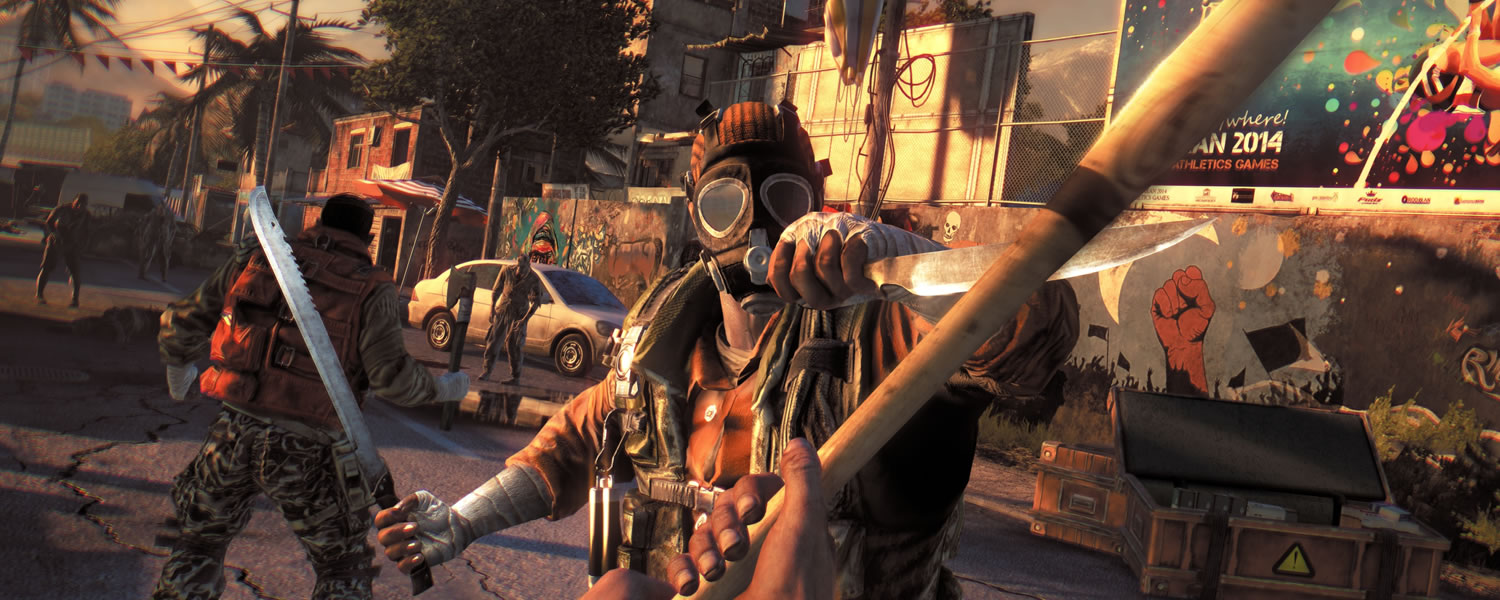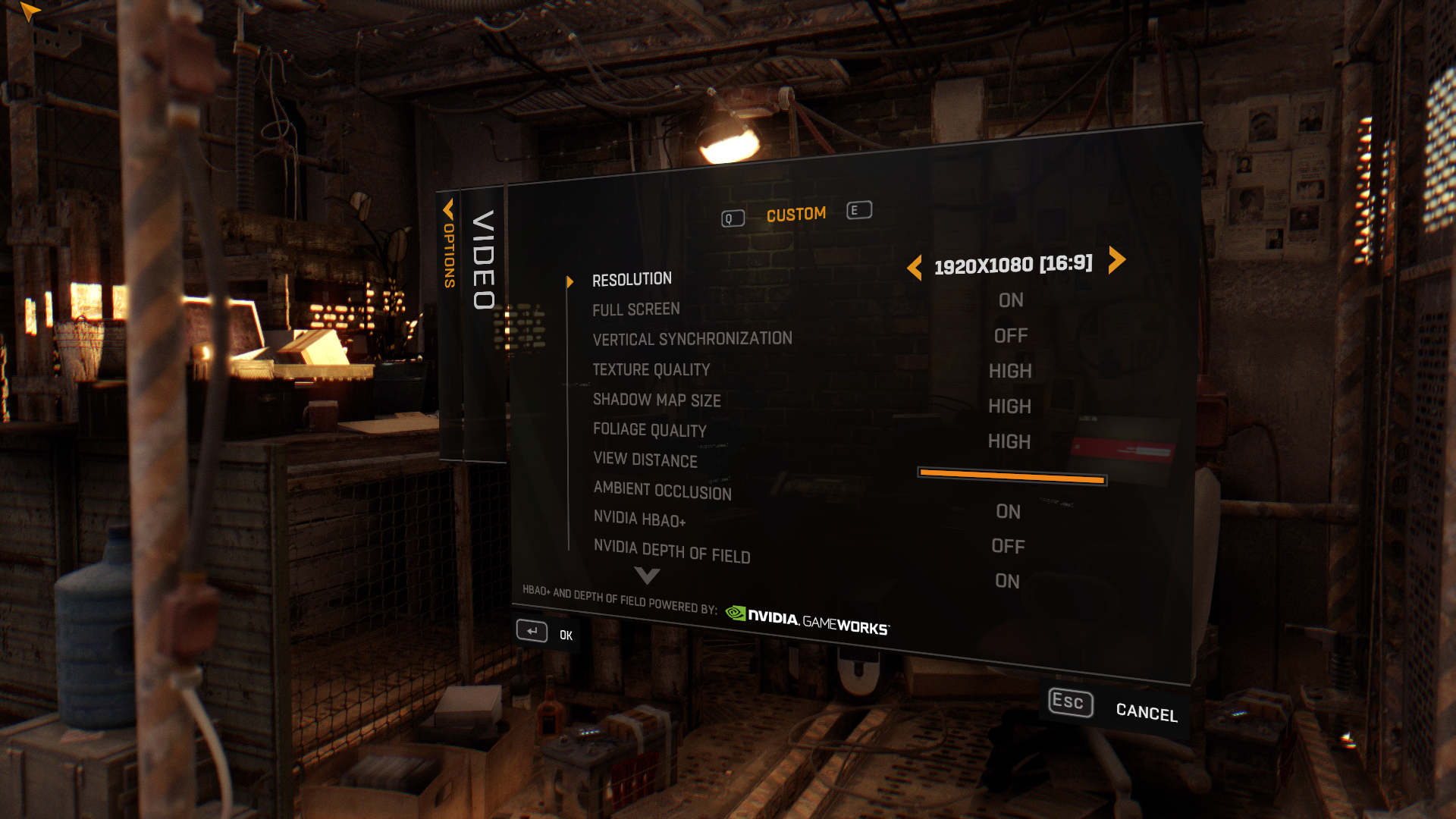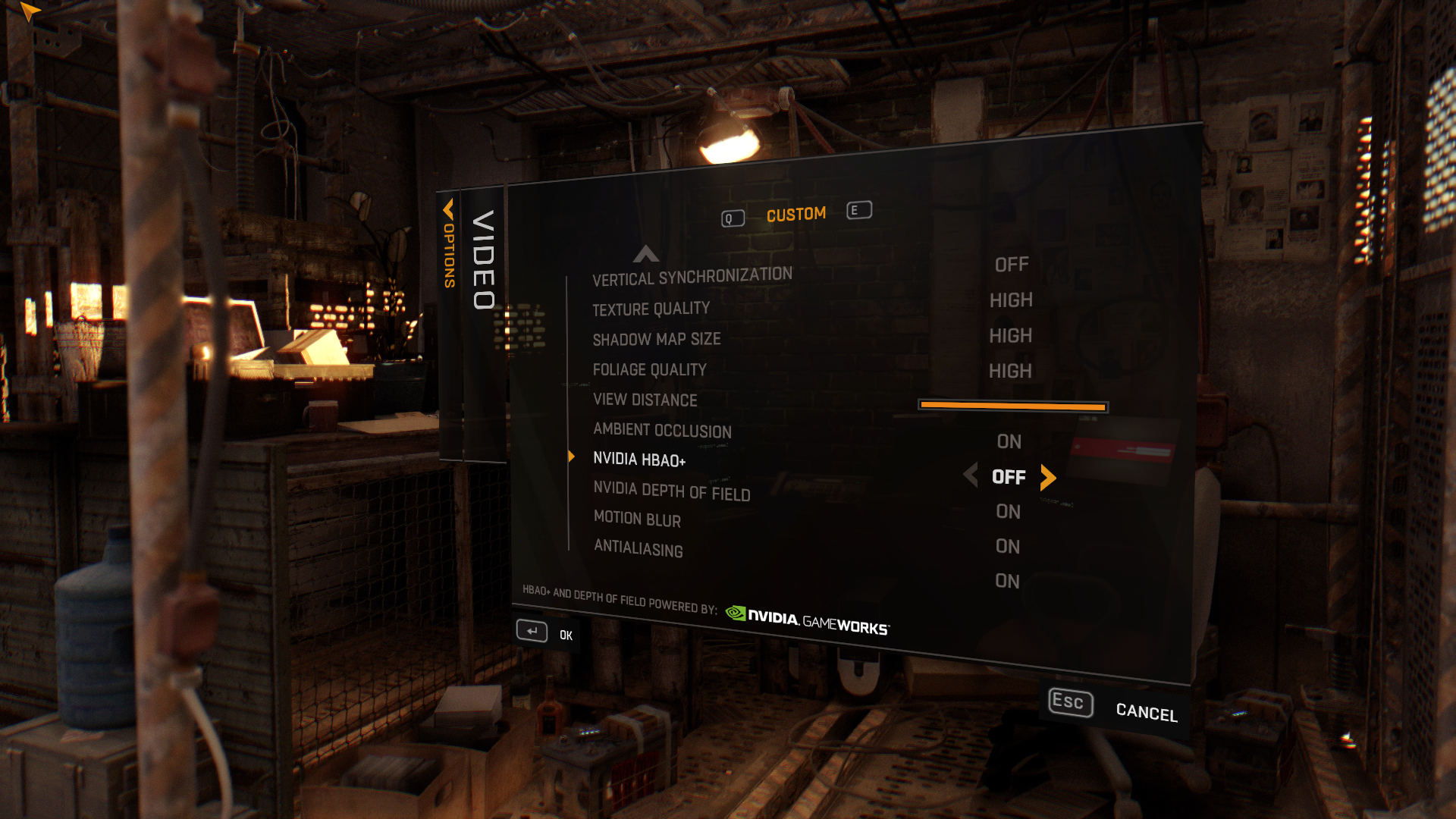Most known for developing the Call of Juarez and Dead Island franchises, Techland is back this week to launch a new open world survival horror title for the PC (including Linux and SteamOS), PlayStation 4 and Xbox One.
Dying Light takes place in an expansive urban environment where players navigate using freerunning 'parkour' mechanics while scavenge for supplies to craft weapons and defend against the city's growing infected population.
The game has been built with Chrome Engine 6, which is a proprietary 3D game engine developed by Techland that was first used over 10 years ago in Speedway Grand Prix and Chrome (a science fiction first person shooter).
Just as the third version of the game engine spawned Call of Juarez and the fifth version brought Dead Island in 2011, Dying Light is first game to show off Chrome Engine 6 – Hellraid being this year's only other Chrome 6 title.
Check out some early gameplay impressions of Dying Light
Techland says that its latest build of Chrome Engine lets developers create bigger, more detailed open worlds including both indoor and outdoor environments with graphics that are more photorealistic than ever. Advancements include changeable weather conditions and a physical lighting model with spherical harmonics-based indirect lighting and atmospheric scattering.
Naturally, folks playing on PC an also look forward to a higher texture quality, much further view distances and other graphical improvements such as HBAO+ ambient occlusion and depth of field technology. Perhaps most important of all, consoles have been capped at a sluggish 30fps whereas PC gamers should be able to enjoy well over 60fps with the right hardware.
Testing Methodology
We used the latest AMD and Nvidia drivers on 28 DirectX 11 graphics card configurations from both companies covering all price ranges. Our test rig was outfitted with the Intel Core i7-5960X to remove CPU bottlenecks that could influence high-end GPU scores.
For benchmarking we used Fraps to record 60 seconds of gameplay. Benchmarking Dying Light is a little tricky as it's online without checkpoints.
Whenever you quit the game it saves were you currently are and reloads you in that position or the nearest spawn point next time.
This limited how we could test Dying Light and in the end we benchmarked walking around two levels of the building where the game starts. Interestingly, the frame rates are much lower in-doors anyway, so this worked out well.
There are no quality presets in Dying Light so you must set everything up. For testing we maxed out every setting with the exception of Nvidia HBAO+ to try and keep the results consistant across AMD and Nvidia cards. That said, we did leave 'Nvidia Depth of Field' enabled.
We tested Dying Light using DX11 at three desktop display resolutions: 1366x768, 1920x1080 and 2560x1600.
Post-test notes:
After further investigation we have learned a few things about Dying Lights performance with the latest v1.2 patch. The performance we found indoors is accurate, however many reviews show performance to be around half what we saw. The issue seemed to be the draw distance, which doesn't have an impact inside, even when looking out over the landscape as we did.
Our test does include a section where the player walks to the edge of the tower and looks out over the landscape, here the frame rates actually increase significantly which was unexpected.
As it turns out the draw distance isn't an issue here either as finer details are not displayed. It isn't until you hit ground level and walk outside that the frame rates take a huge hit with the draw distance set to 100%. Backing the draw distance off to 50% restores performance and gamers will see the numbers we showed in this article.
It is believed that the draw distance performance at 100% can be cured via a patch and if this is the case then the performance we showed inside will be much the same outside as well. For now although we tested with 100% draw distance the results should be treated as though the distance was set to 50%.
Test System Specs
- Intel Core i7-5960X(3.00GHz)
- x4 4GB Kingston Predator DDR4-2400 (CAS 12-13-13-24)
- Asrock X99 Extreme6 (Intel X99)
- Silverstone Strider Series (700w)
- Samsung SSD 850 Pro 512GB (SATA 6Gb/s)
- Gigabyte Radeon R9 290X (4096MB)
- Gigabyte Radeon R9 290 (4096MB)
- Gigabyte Radeon R9 285 (2048MB)
- Gigabyte Radeon R9 280X (3072MB)
- HIS Radeon R9 270X (2048MB)
- HIS Radeon R9 270 (2048MB)
- HIS Radeon R7 265 (2048MB)
- HIS Radeon HD 7970 GHz (3072MB)
- HIS Radeon HD 7970 (3072MB)
- HIS Radeon HD 7950 Boost (3072MB)
- HIS Radeon HD 7950 (3072MB)
- HIS Radeon HD 7870 (2048MB)
- HIS Radeon HD 7850 (2048MB)
- HIS Radeon HD 7750 (1024MB)
- Gigabyte GeForce GTX Titan (6144MB)
- Gigabyte GeForce GTX 980 (4096MB)
- Gigabyte GeForce GTX 970 (4096MB)
- Gigabyte GeForce GTX 960 (2048MB)
- Gigabyte GeForce GTX 780 Ti (3072MB)
- Gigabyte GeForce GTX 780 (3072MB)
- Gigabyte GeForce GTX 770 (2048MB)
- Palit GeForce GTX 760 (2048MB)
- Gigabyte GeForce GTX 750 Ti (2048MB)
- Gainward GeForce GTX 680 (2048MB)
- Gainward GeForce GTX 660 Ti (2048MB)
- Gainward GeForce GTX 660 (2048MB)
- Microsoft Windows 8.1 Pro 64-bit
- Nvidia GeForce 347.25 WHQL
- AMD Catalyst 14.12 Omega



